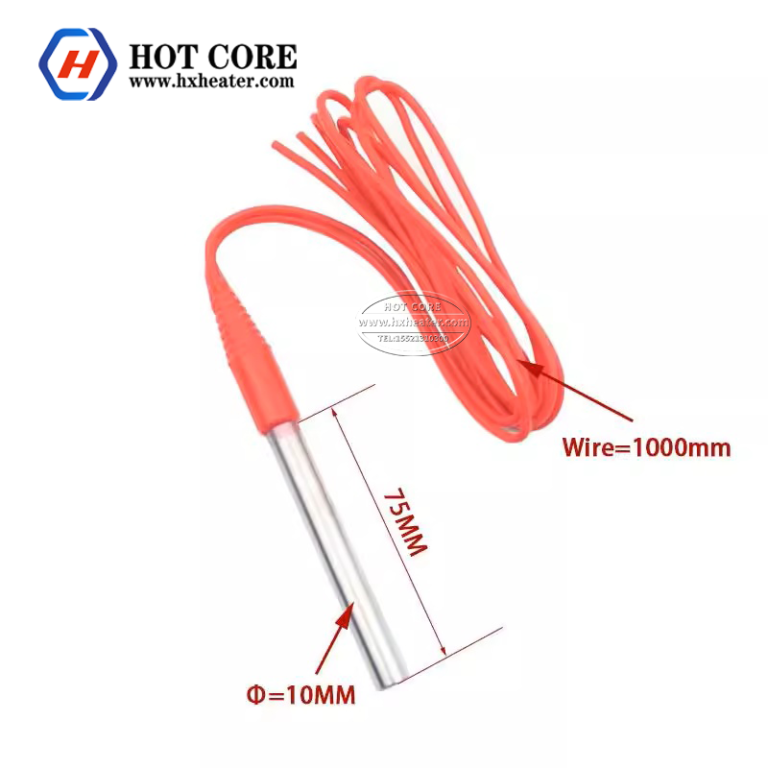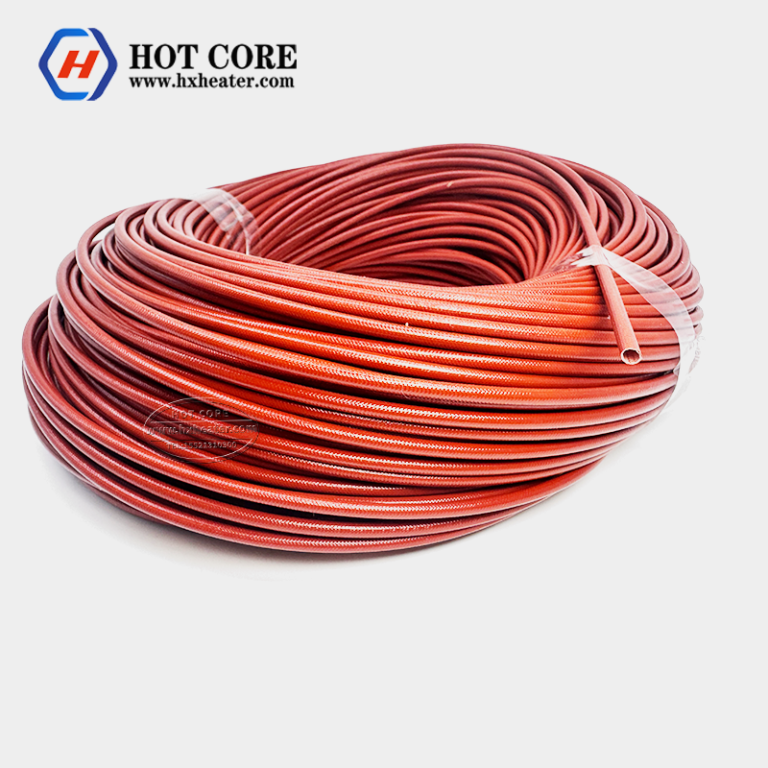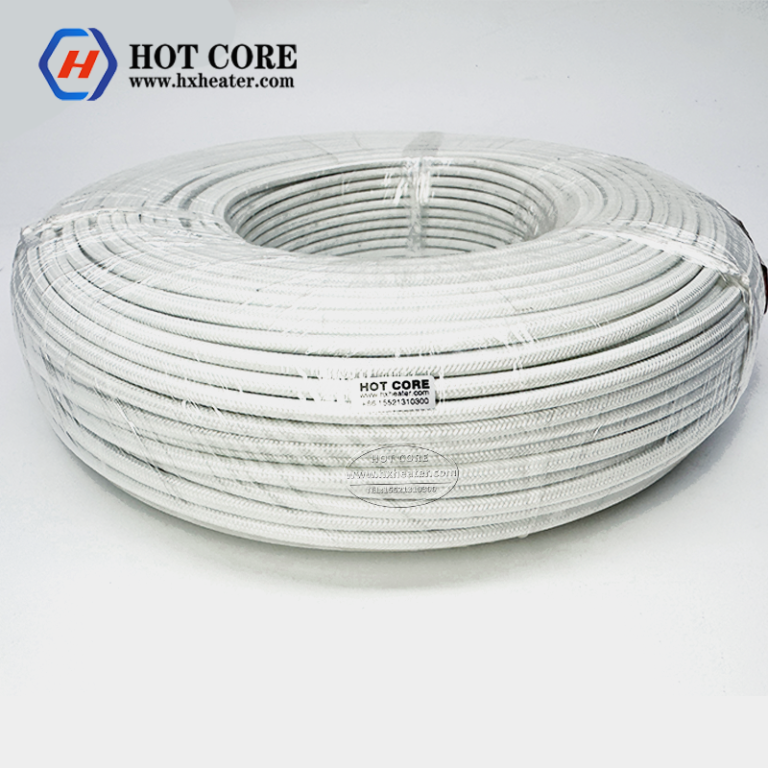Glass fiber heating sleeve
Product Content
It is made of glass fiber and has a bowl-shaped structure with connecting wires. The material has excellent insulation and heat resistance, and can be tightly wrapped around the outer wall of the container to achieve heating of the materials inside the container.

ลักษณะเฉพาะ
High-temperature resistant: Capable of withstanding high temperatures (typically up to several hundred degrees Celsius), suitable for industrial high-temperature heating scenarios.
Excellent insulation: The glass fiber material has excellent insulation properties, ensuring high safety during use.
Uniform heating: The woven structure enables the heat to be evenly distributed on the outer wall of the container, ensuring uniform heating of the materials inside the container.
Flexible and adaptable:It has certain flexibility and can be adapted to containers of different shapes and sizes. The installation is also very convenient.
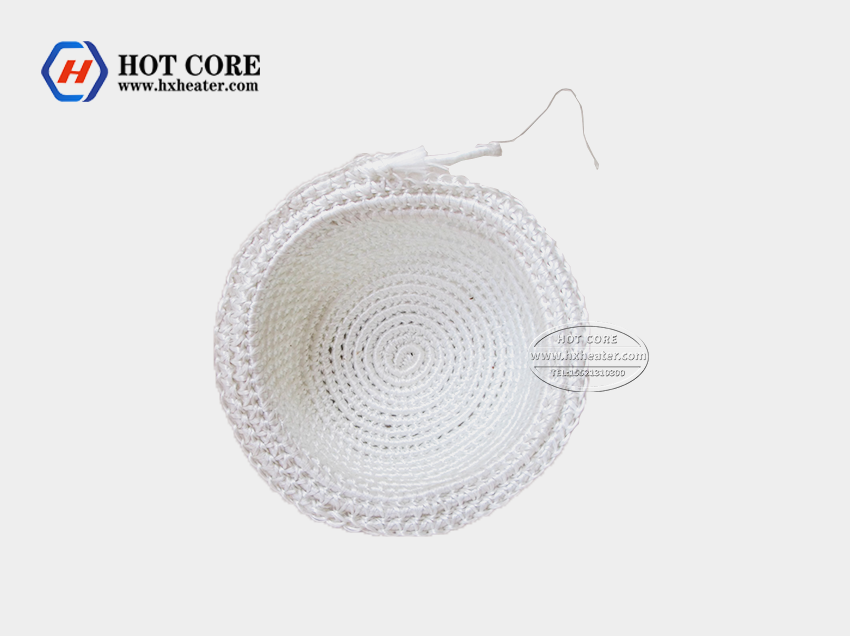
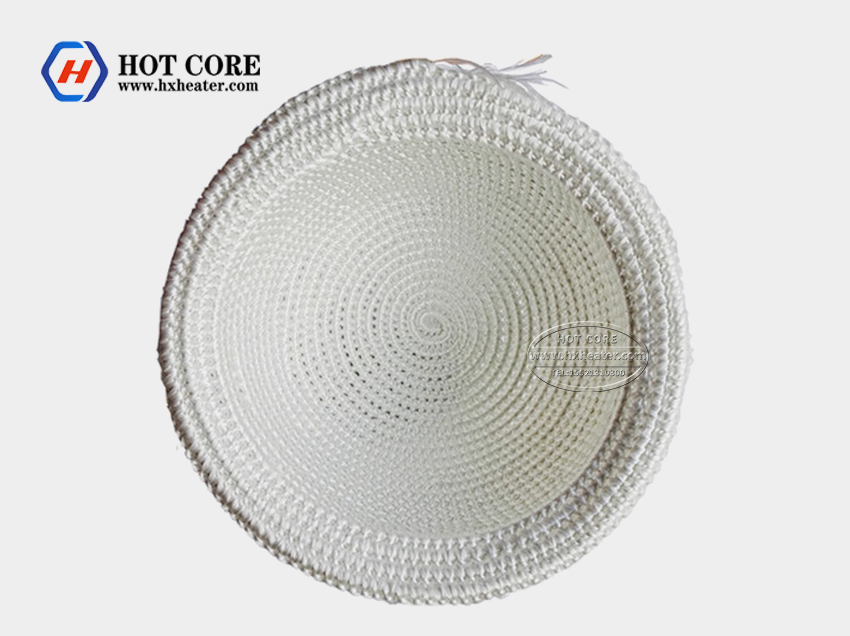
Usage
Container for heating: Wrap the heating sleeve tightly around the outer wall of the container (such as a reaction vessel, flask) to ensure a tight fit.
Connect power supply: Connect the wires of the heating sleeve to the corresponding power source or temperature control device.
Start heating: Set the heating temperature through the accompanying temperature control device, and then start the heating process. This will allow you to heat the materials inside the container.

Function
Uniform heating: Provides uniform heat to the materials inside the container, meeting the temperature requirements for chemical reactions, material melting and other processes.
Temperature controllable: Can be combined with temperature control equipment to achieve precise control of the heating temperature, ensuring process stability.
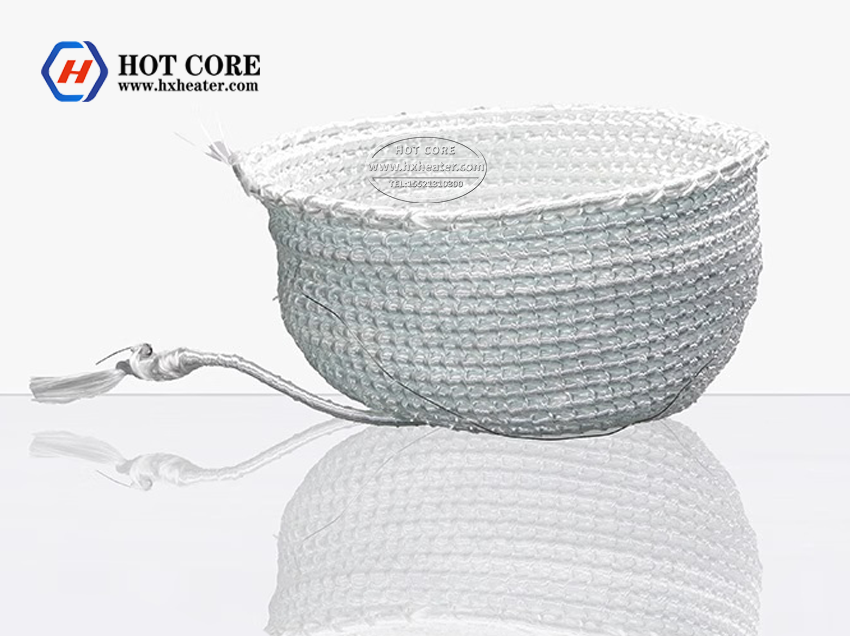
Attribute
พิมพ์: Glass Fiber Heating Sleeve
วัสดุ: Glass Fiber
Temperature Resistance Range: Depending on the specific model, it can generally cover temperatures from room temperature to 300°C – 500° C.
Application Scenarios: Heating of chemical reaction vessels, heating of laboratory flasks, heating of small containers and materials in industrial and experimental fields.
Structure: Woven bowl-shaped structure, with connecting wires.



